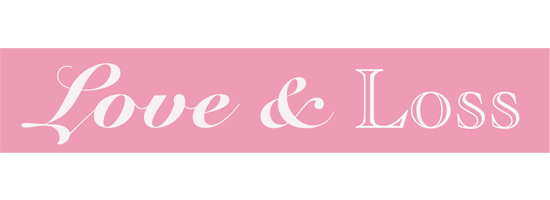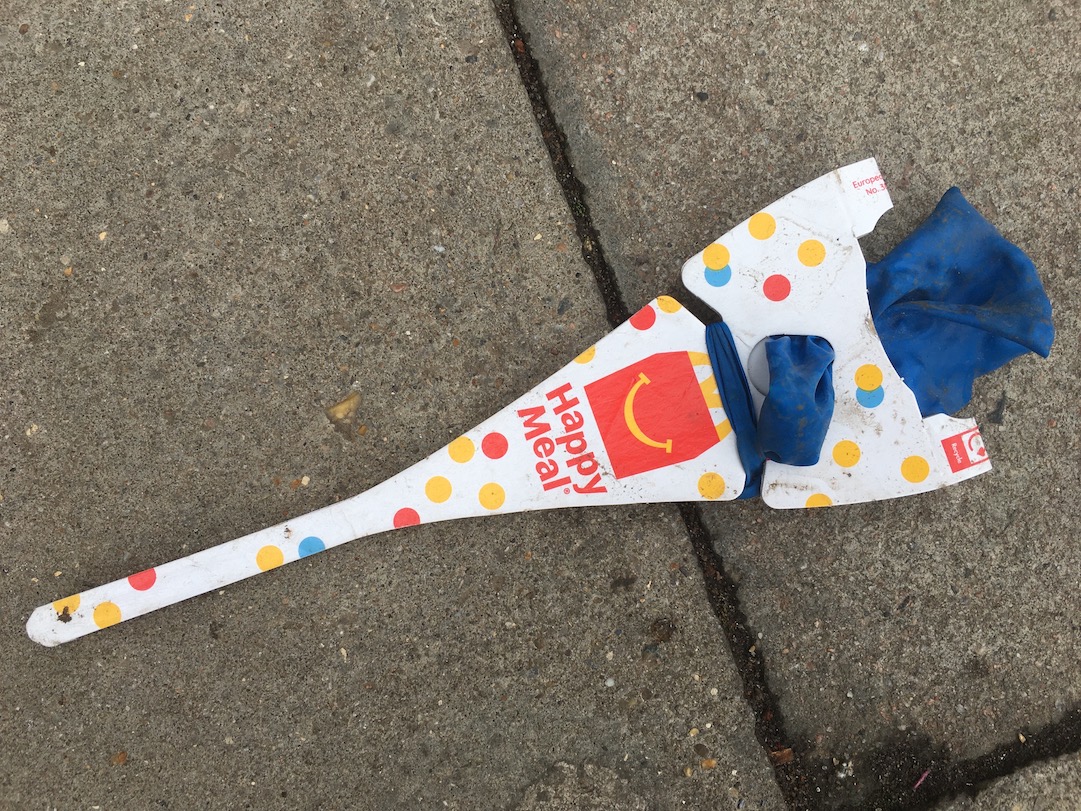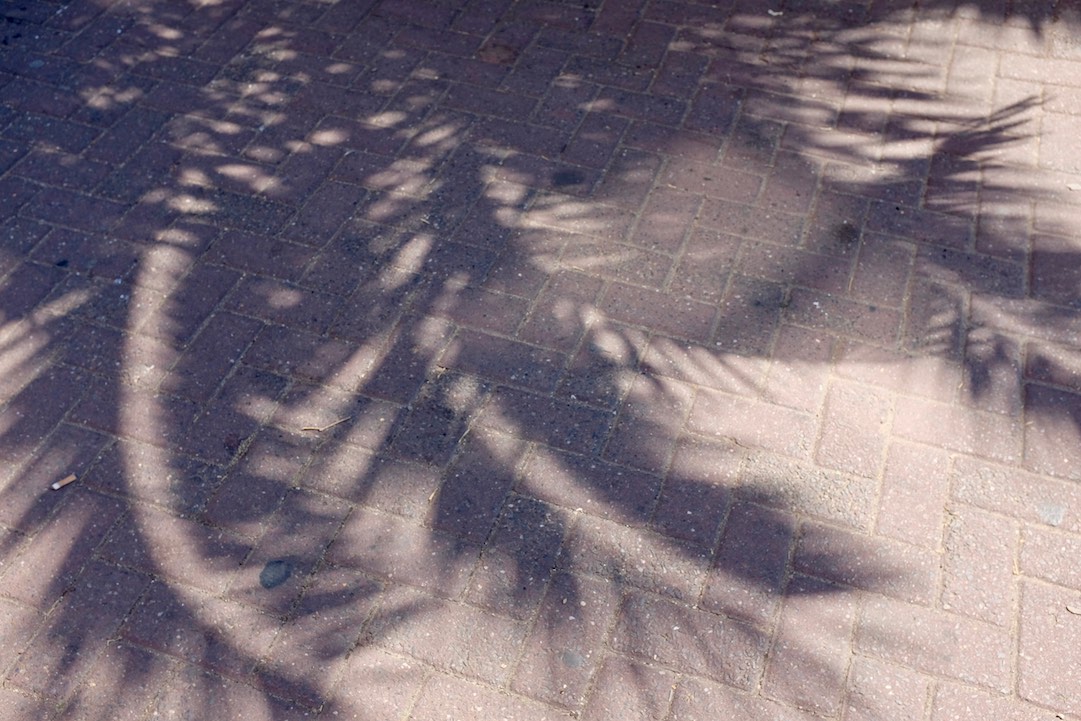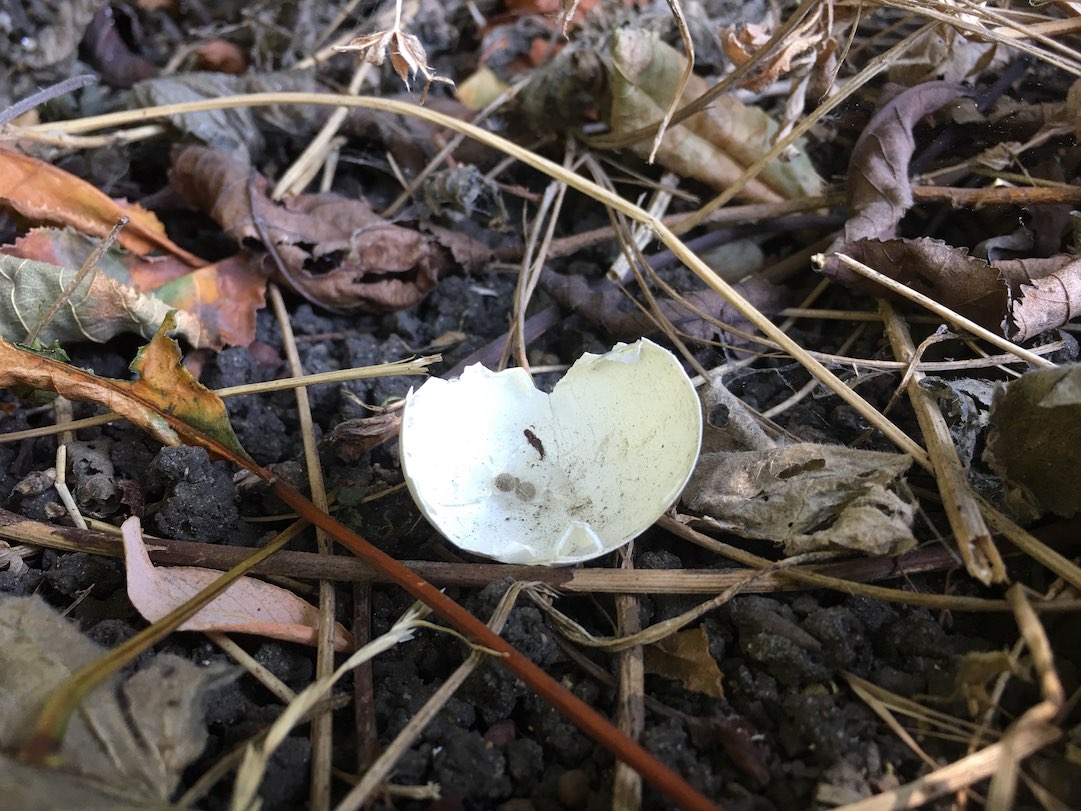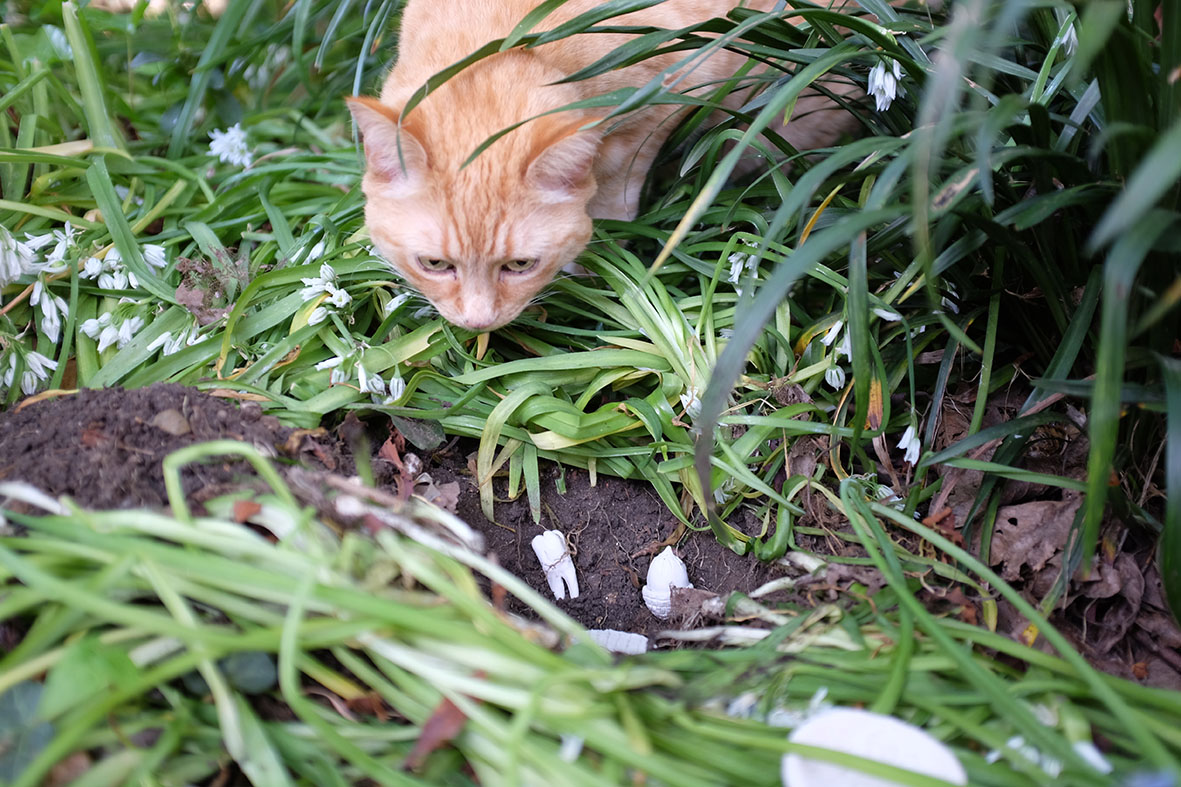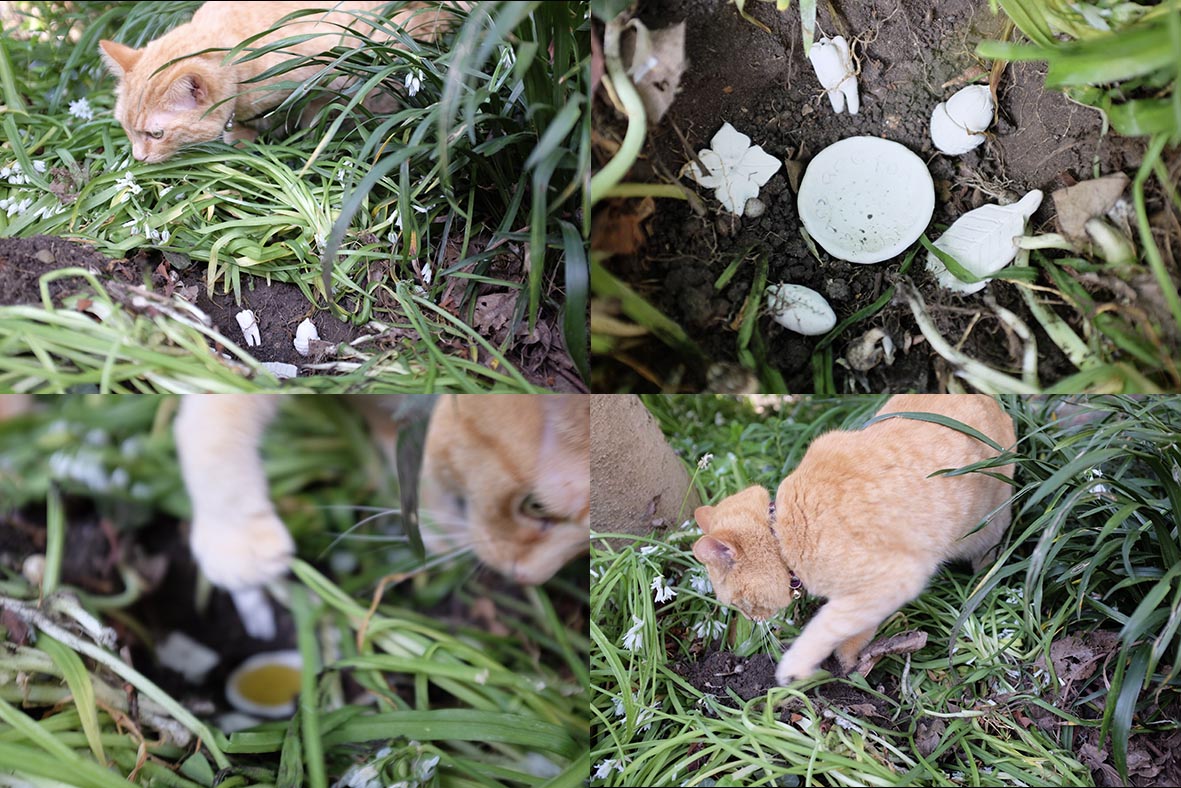20 Feb Betrayal
I’ve been thinking recently about the theme of betrayal. Do you feel that you were sold the dream of happiness in life, but all you are left with is a burst balloon?
There are the deliberate acts of betrayal – stories of revenge or deception. The fascinating ‘cat-fishing’ story recounted in the Tortoise Media podcast ‘Sweet Bobby’ describes how devastating an intimate betrayal can be. Just think about how you felt if you have ever been scammed and multiply it.
There are ways in which we may feel betrayed by care-givers, elders or leaders; the very people we trusted to take care of us in our families or communities. Imagine the betrayal, for example, of those affected by disasters such as earthquake, flood, storm – who may have been failed by builders, town planners, governments, NGO’s and the wider world.
‘What we expected but did not receive,’ one of Francis Weller’s ‘Gates of Grief’, comes in many shapes and forms. It may show up as an existential sense of betrayal – the hopes and dreams which have not been delivered. This may be where disappointment and longing meets betrayal.
From our early years, stories portray the ‘hero’s journey’ as the route through life, but Paul Weinfield tells another version:
“In the real hero’s journey, the dragon slays YOU. Much to your surprise, you couldn’t make that marriage work. Much to your surprise, you turned forty with no kids, no house, and no prospects. Much to your surprise, the world didn’t want the gifts you proudly offered it.” Quoted here.
Then there are all the mundane acts of betrayal we have experienced or dished out to others in our everyday relationships. Have you ever cheated or been cheated on? These acts of dishonesty, disloyalty, or insensitivity, and accidents of miscommunication populate our relationship lives with all too familiar drama.
Acts of self-betrayal are also often painfully commonplace. Where have I disregarded my physical or emotional needs? My personal needs are regularly competing with my social needs to be liked and belong. Remaining loyal to my body, I regularly feel as though I am letting people down, betraying the loyalty of a friendship because my social capacity has limits.
Wherever there are relationships based on trust, there is the potential for betrayal. In the past I have assumed shared ethics, only to discover that someone was abusing their position of power, and exploiting my loyalty. The outcome was that I felt betrayed. Afterwards I felt the absence of places to express my feelings, to explore what was true for me.
In the wake of ‘betrayal trauma’, trust doesn’t come easily. I discovered Grief Tending post ‘Me Too’, as a space where a vast range of complex feelings might be welcomed, and as a way for people and communities to begin the process of acknowledgement and repair. Whether personal or collective, the grief of betrayal is a welcome theme at our events.
You can find out more about the Grief Tending events we offer here.
Sarah Pletts is a Grief Tender and Artist who offers workshops in London and online, sharing rituals where grief on all themes is welcome. For more information about Grief Tending events see here.
